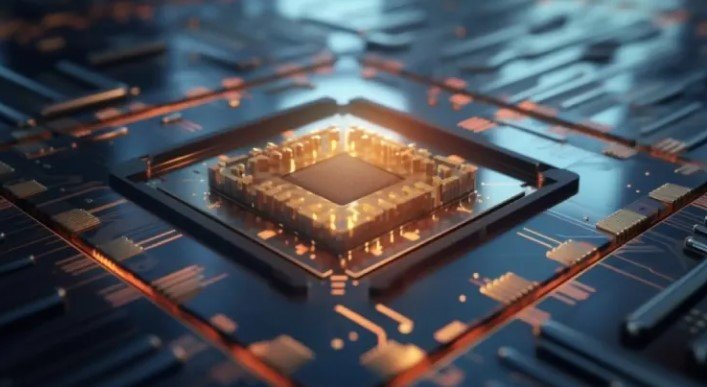5G technology is changing how we connect to the internet. It offers faster speeds, lower latency, and more reliable connections. These improvements will revolutionize many industries. From healthcare to entertainment, 5G will provide the foundation for new technologies and services. In this post, we will explore how 5G is advancing connectivity and its impact on the future.

Faster Speeds for Better Experiences
5G offers speeds much faster than 4G. It can reach download speeds up to 100 times faster than its predecessor. This means streaming, downloading, and browsing will be smoother and quicker. For consumers, this leads to better experiences, such as ultra-high-definition video streaming and real-time gaming without lag. Businesses will benefit too, as they can transfer large amounts of data in seconds. Faster speeds will unlock new opportunities in various fields, from remote work to entertainment.
Low Latency for Real-Time Communication
One of the most important features of 5G is its low latency. Latency refers to the delay between sending and receiving data. With 5G, this delay is almost eliminated, making communication instant. This is critical for applications like video conferencing, telemedicine, and autonomous vehicles. For example, in healthcare, doctors can perform remote surgeries with real-time feedback, thanks to 5G’s quick response times. In self-driving cars, low latency ensures that vehicles can communicate with each other and their environment in real time, improving safety and efficiency.
Enabling the Internet of Things (IoT)
5G will drive the growth of the Internet of Things (IoT). IoT refers to the network of devices that communicate with each other, from smart home devices to industrial machines. 5G’s high speed and reliability will support billions of connected devices. It will enable faster communication between devices, allowing them to share data instantly. This will make smart homes smarter and factories more efficient. For example, 5G will allow connected devices in factories to send real-time data, improving manufacturing processes and reducing downtime.
Empowering Innovation in Industries
5G will transform several industries by empowering innovation. In manufacturing, 5G will enable automation and real-time monitoring of production lines. In transportation, it will support the growth of autonomous vehicles and smart traffic systems. In healthcare, 5G will improve telemedicine, remote monitoring, and patient care. These industries will benefit from the faster speeds, lower latency, and better connectivity that 5G provides. With 5G, businesses can innovate in ways that were previously impossible with older networks.
Supporting the Future of Virtual and Augmented Reality
5G will play a key role in the future of virtual reality (VR) and augmented reality (AR). VR and AR require high bandwidth and low latency to deliver immersive experiences. 5G’s capabilities make these technologies more accessible. With 5G, users can experience AR and VR in real-time, without interruptions or lag. For example, 5G will allow gamers to enjoy multiplayer virtual games with ultra-low latency. It will also enable professionals to use AR for training and education, providing a more interactive and realistic experience.
Conclusion
5G technology is advancing connectivity in ways that will transform industries and everyday life. With faster speeds, low latency, and more reliable connections, 5G will power innovations across healthcare, transportation, entertainment, and more. As 5G continues to roll out, its impact will only grow, enabling new technologies and applications that we can’t yet fully imagine. The future of connectivity is here, and 5G is at the heart of it.











